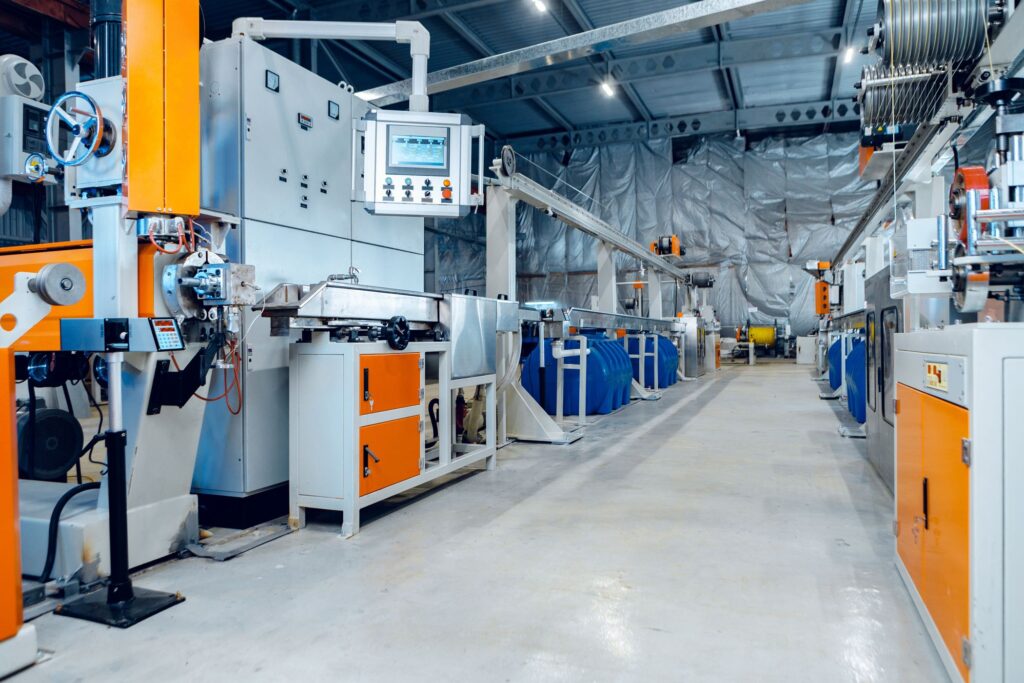Hose Carriers, also referred to as hose and cable carriers or simply cable carriers, are designed to protect and guide hoses, cables, or hydraulic lines, usually on automated machinery. They accomplish this goal in three ways. Cable carriers eliminate tangles, reduce the risk of damage from flying debris, and prevent hoses from interfering with machine operation.
At first glance, it may seem like all cable carriers are pretty much alike. Although they all follow the same basic design principles and are used in similar ways, choosing the right type of hose carrier is essential. Read on to find out about the different design options available to get an idea of their benefits and limitations.

Table of Contents
Steel vs. Plastic Carriers
Steel carriers are generally used in heavy-duty applications. If the carrier will be subjected to temperatures above 260 degrees Fahrenheit or harsh environmental conditions, steel is the better option. In lighter-duty applications, where weight and speed are the primary concerns, choose plastic carriers.
Open- vs. Closed-Style Carriers
The most cost-effective design is a basic, non-opening style carrier with crossbars that are molded into the side links. While this design may be appropriate for some small applications, there is no way to easily access the hoses or cables once it is installed. Instead, the hoses must be fed in from the end of the carrier.
Open-style cable carriers come in several styles, but all of them allow easier access than closed-style carriers. The entry-level, open-style hose carrier features a hinged lid that allows crossbars to be opened and fully removed using only a screwdriver for easier access.
Split crossbar carriers are also open-style and are designed to allow conduits to be pushed into them without any tools, saving time on hose and cable retrofits in lightweight applications where hoses travel less than ten feet. Split carriers with interconnected crossbars enable full access to hoses but are only suitable for applications with travel spans of up to six feet.
Type of Movement
Some cable carriers are linear, while others enable rotary motion. It should be obvious when linear carriers are the best fit for the application. In more complex configurations, advanced carriers that move through multiple axes may be required.
Operating Environment
The operating environment where the carrier will be used can also help to determine which option will be the best fit. Plastic carriers can be made from flame-retardant polymers, and steel models are naturally flame resistant.
Fully enclosed carriers that utilize lids instead of crossbars are good for harsh environments where hoses need extra protection. The presence of heat, flying debris, or chemicals should also be factored in. Steel can withstand greater temperatures, while some plastic polymers are better able to resist chemical damage.
Get Help Making Key Decisions
Not sure what size, style, or material will offer the best fit for a unique application? The best thing to do is to reach out to a reputable hose carrier manufacturer with questions. By working with an industry-leading supplier, customers can ask about different designs and configurations and get expert advice regarding which products are appropriate for their uses.












